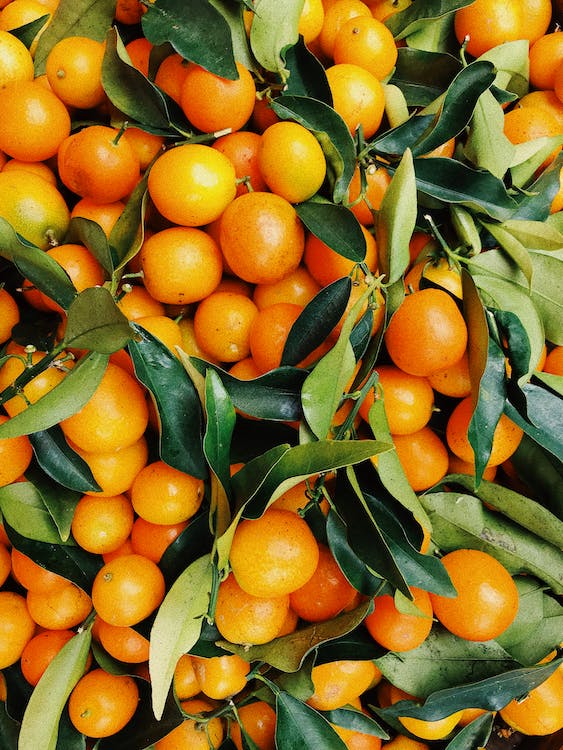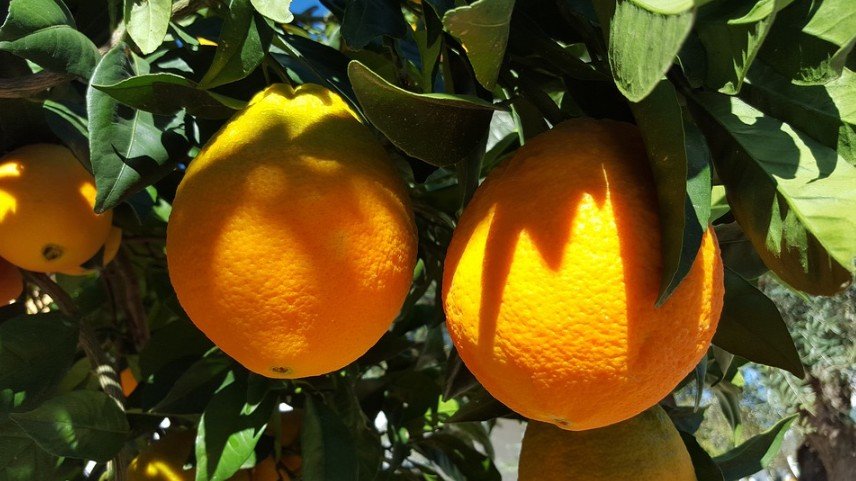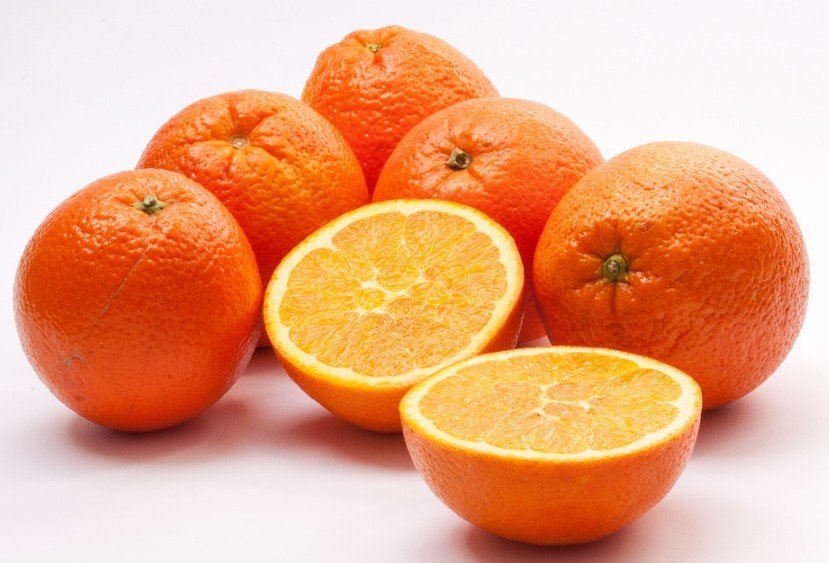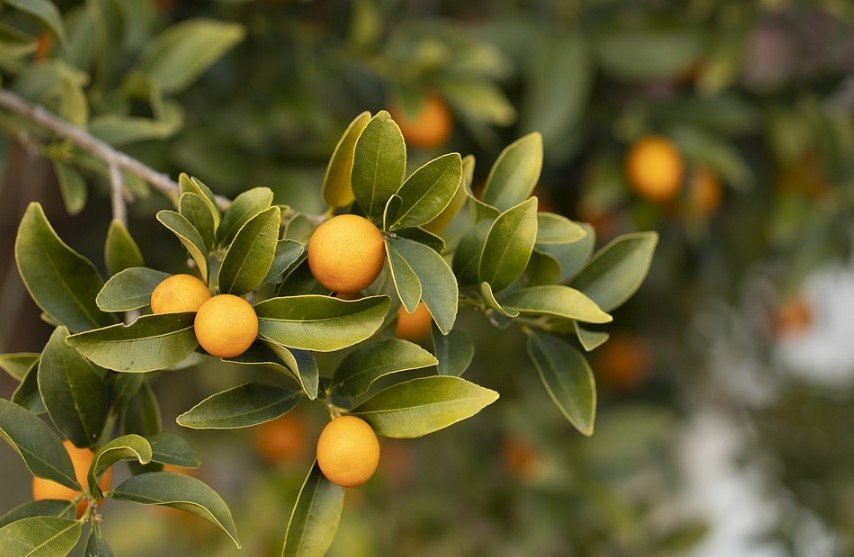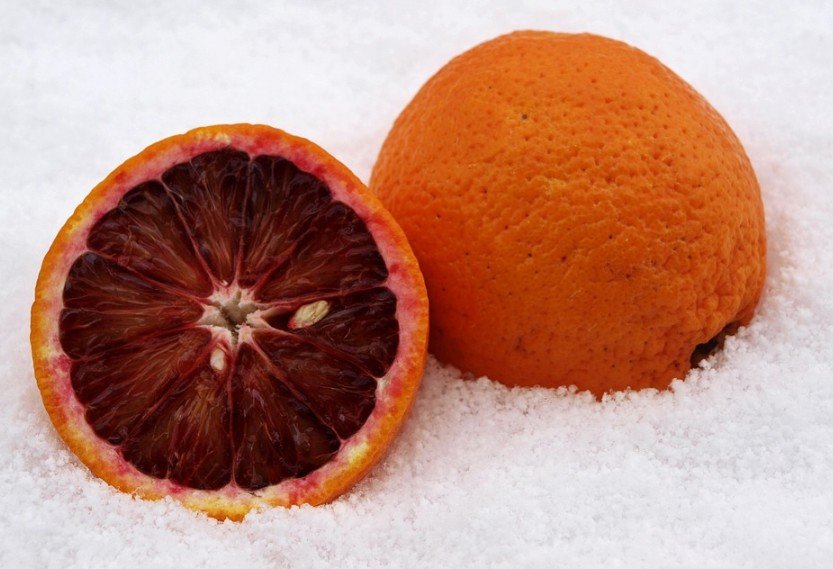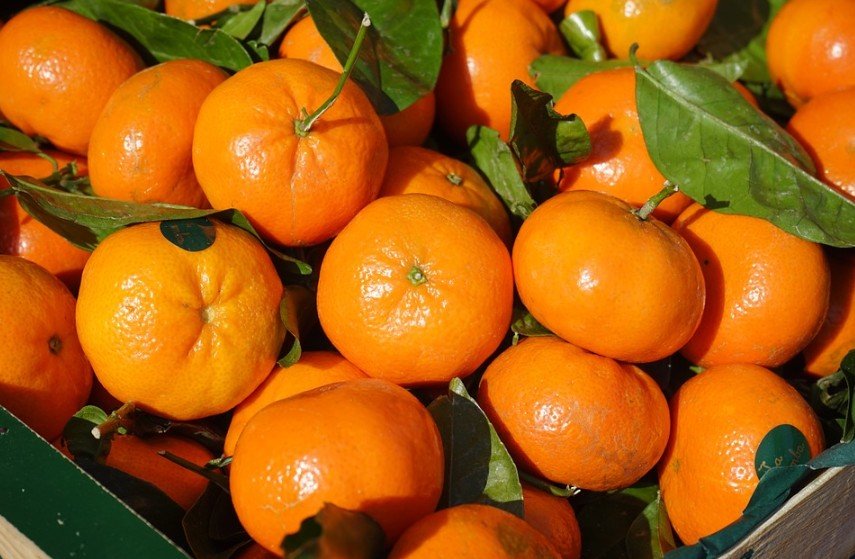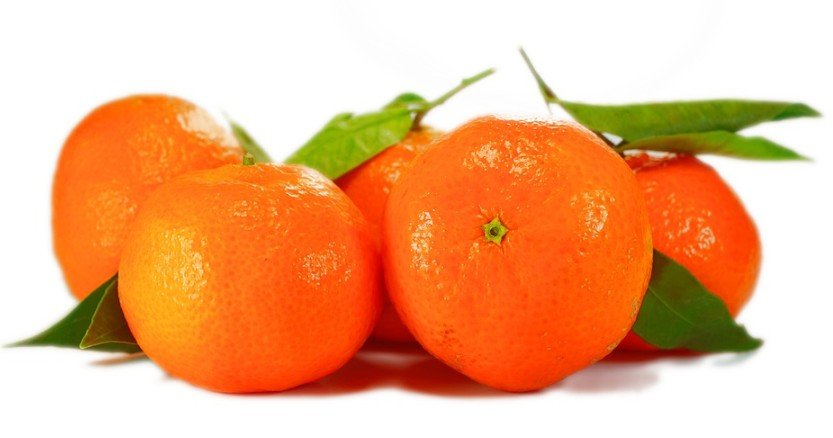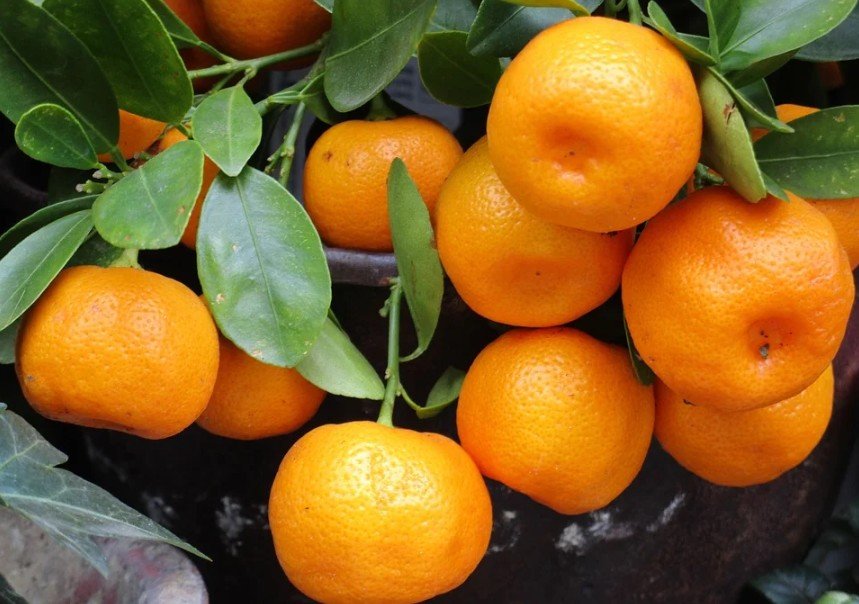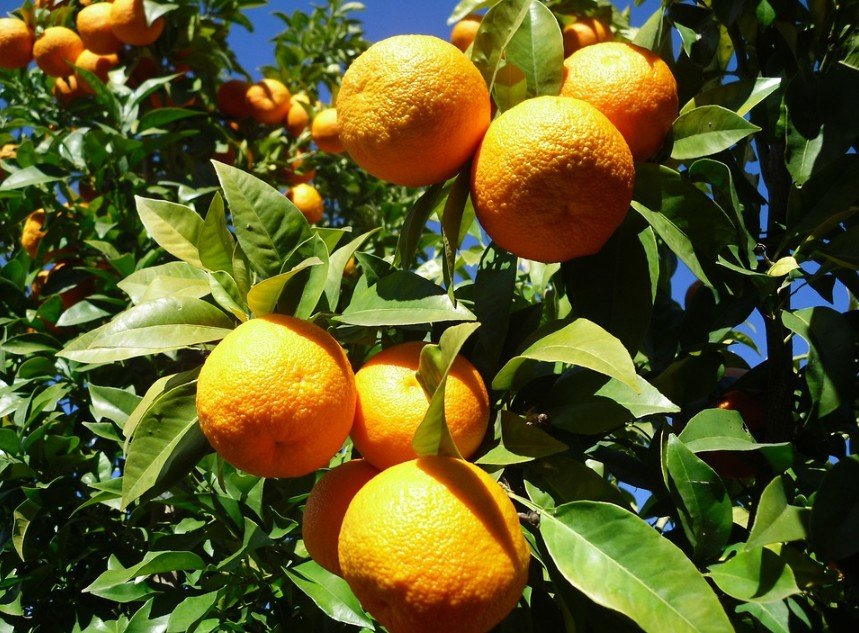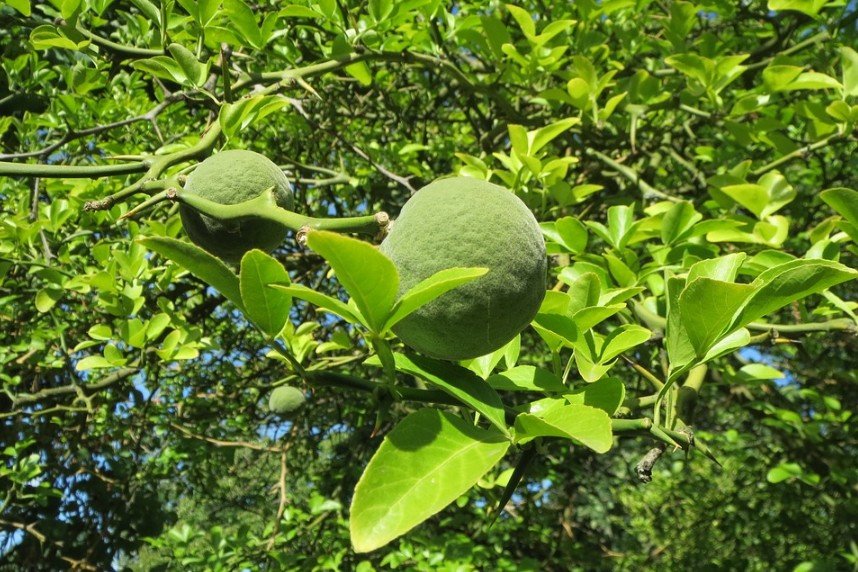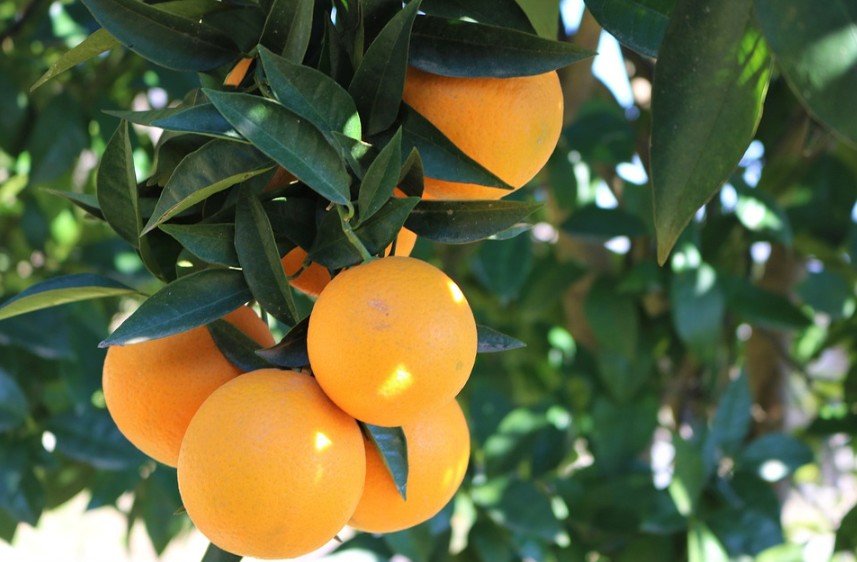Oranges are one of the most refreshing and healthy fruits. They are rich in vitamin C and antioxidants and is also an energy-filled snack. They can be juiced, eaten on the go, or chopped and added into salad and desserts. When you go to the market, you may find a few varieties of orange, or sometimes there’s only one kind available. But did you know that oranges have a lot of types?
You may be familiar with around two to three orange varieties depending on where you live, but there are actually more types than what you see in stores. If you are wondering what other types of oranges there are, you’re in the right place. Today, we are giving you a list of the different types of orange juice and oranges.
Different Types of Orange Juice
When you go to the market to buy orange juice, there are many options to choose from. If you are not familiar with the types of orange juice, then we are here to help you. Here are the different varieties of orange juice that you might encounter:
- Frozen Concentrated Orange Juice: These are commercial squeezed orange juice that is pasteurized and filtered before being evaporated under vacuum and heat. After most of the water is removed, it is concentrated and then stored as about 10 degrees Fahrenheit. With this process, vitamin C, essences, and oils are extracted and are added back after to restore flavor and nutrition.
- Not from Concentrate: These are orange juice that is pasteurized and sold to consumers without having been concentrated. Most of the time, not from concentrate orange juices have reduced natural flavors. They also contain highly engineered additives. They also have different flavor formulas depending on what region they are made. This is because consumers in different parts of the world have different preferences when it comes to acidity, freshness, and sweetness.
- Canned Orange Juice: Canned orange juice retains more vitamin C compared to bottled orange juice. However, canned products lose flavor when they are stored at room temperature for over 12 weeks. Before, when canned orange juice is fairly new to the market, the acidity of the juice caused it to have a metallic taste. But in 1931, a flash pasteurization process was developed by Dr. Philip Phillips. It is a process that eliminated this issue, which also increased the market for canned orange juice.
- Freshly Squeezed / Unpasteurized Orange Juice: Freshly squeezed orange juice is unpasteurized, and it is the closest to consuming the orange itself. It is made by squeezing oranges and then bottling without adding any flavorings or additives. Freshly squeezed orange juice can last from 5 to 23 days, depending on storage temperature.
Different Types of Oranges
Now that you know the different types of orange juice, here are the different types of oranges that you can find in various places around the world:
- Valencia Orange: Valencia oranges are those that are usually used in making orange juice, and it can be eaten raw. They have thin skins and are very juicy. They also come with a few seeds. It was named after the Spanish city of Valencia, and up until today, it still remains an important citrus crop in that city. The season of Valencia oranges is from February to October.
- Navel Orange: Navel oranges are probably the most popular kinds of oranges. They are rich in vitamin C, low in acid, and are very sweet. They are called navel oranges due to the small growth at the bottom, which resembles a human navel. When you peel that small growth, you will recover a “mini orange” at the bottom of the fruit. Another great thing about navel oranges is that they are seedless. Aside from that, they are also easy to peel and are loaded with sweet juice.
- Satsuma Orange: Satsuma oranges are easy to peel and also seedless. They are a variety of small mandarin oranges and a hard variety of citrus fruits grown in the Gulf Coast in California. These small oranges are in season from November to January.
- Blood Orange: Blood oranges are probably the most unique among the different types of oranges because they have bright red flesh. They are smaller compared to navel oranges, but bigger than tangerines. They have a distinct flavor that tastes like oranges mixed with raspberries. Blood oranges are also easy to peel and very juicy. They are perfect for making sauces, juices, salads, and marmalade.
- Clementine Orange: Clementine oranges are small oranges that are also very sweet and have low acid content. They are a hybrid between a willow leaf mandarin orange and a sweet orange. They are perfect for serving as snacks because they are seedless. These oranges are also usually used in fruit displays. However, they have a short growing season, which is from November to January.
- Tangerine: Tangerines are smaller in size, and they are sweeter compared to the typical orange. They are also a very popular type of orange. They have a thin and soft skin that is easy to peel compared to a navel orange. They also have deep orange skin and flesh. Tangerines are very high in vitamin C, too.
- Pineapple Orange: Pineapple oranges are a sweet type of orange, but they are not seedless. They are delicious and nutritious, too. However, pineapple oranges are not cultivated because it is susceptible to diseases and fruit drop in the pre-harvest season. It is named as such because its peel tends to crease with pineapple-like pits.
- Acid-Less Orange: Acid-less oranges, as its name suggests, contain low acid. They are also sometimes called sweet oranges, even though they really don’t have much flavor. Since these oranges have very little acid, they are not produced in large quantities because they can spoil faster. They are usually eaten rather than juiced.
- Mandarin Orange: Mandarin oranges are mild, sweet, and small. They have looser skin and less acidity compared to other types of oranges. They are commonly eaten as snacks because they are seedless and easy to peel. They are also used as an ingredient for desserts. In fact, you can buy mandarin oranges in cans and jars today.
- Seville Orange: Seville oranges are typically used in making marmalade, cocktails, salad dressings, and sometimes in cooking. This is because these oranges are sour. They are high in acidityand are not usually peeled to eat as a snack. Seville oranges also have a short season, which is from December to January.
- Bergamot Orange: Bergamot oranges feature yellow or green color, which is similar to a lime, but come in the size of an orange. They are bitter and acidic in taste and are not usually eaten. Bergamot oranges are grown mainly for their peel, which is used in making perfumes and as well as a flavor for Earl Grey tea.
- Trifoliata Orange: Trifoliata oranges are native to Korea and northern China. They are tiny oranges that are a bit velvety or fuzzy. Most of the time, trifoliata oranges are used in making marmalade.
- Hamlin Orange: Hamlin oranges are a cold-tolerant type of oranges. They are sweet and are grown in Florida. They have thin rinds, and they are juicy and seedless, making them a great variety for juices.
- Cara Cara Orange: The Cara Cara navel orange is also known as a red-fleshed navel orange. It is like a combination of blood orange and a navel orange. It features a deep red flesh that is sweet and low in acid. It also has a complex flavor profile with hints of blackberry and cherry.
- Jaffa Oranges: Jaffa oranges are juicy, sweet, and contains very few seeds. However, they have thick skins, which are a bit challenging to peel. It originated in Jaffa, which is a city in Israel. It is also not cultivated in any other place outside of that country.
- Bahianinha Orange: Bahianiha oranges feature a smaller and thinner rind compared to navel oranges. They are dimpled and easy to peel, too. The pulp of these oranges are sweet, and they are also seedless, making them a popular variety of oranges.
- Moro Tarocco Orange: Moro Tarocco oranges are one of the finest varieties of orange, and it originates from Italy. In fact, it is considered as one of the best Mediterranean fruits because it has a perfect balance between sweetness and acidity. It is a medium-sized orange that has a rich, juicy, raspberry flavor, making it perfect for juicing and cooking.
- Parson Brown Orange: Parson Brown oranges are named after the Reverend N.L. Brown of Wester, Florida, as he’s the one who discovered the chance seedling in his grove. It is a seedy fruit that has pebbly orange rind and yellow pulp. It is low in acidity and sugar. It is perfect to use in dishes that needcitrus flavor.
- Pera Orange: Pera oranges are very popular in Brazil. They have a rough and tough texture and are light orange in color. These oranges are challenging to eat because of their firmness. Aside from that, they also lack richness, but they have plenty of juice. It is a small oval fruit that has many seeds and ten segments.
- Bittersweet Daidai Orange: Bittersweet Daidai oranges are a Spanish type of sour orange. They have clusters of fruits having many seeds that are enclosed in the thick orange rind. These oranges are also bitter and acidic, making them difficult to eat raw. The acid and pectin levels of these oranges make them ideal for preserving. That is why they are mostly used in making essential oils, juices, and marmalades. These oranges are grown in areas of Florida’s Indian River and as well as in Japan.
These are some of the different types of oranges that you can find in different parts of the world. The next time you plan to get some oranges at the food store or test out a new marmalade recipe, try to search for a new orange variety and see what it will taste like.
At findricecooker.com, we intent to provide from very basic to all the technical details as well as key features functions of the Best Cuckoo Rice Cooker in order to assist our valued readers to find out the Best Rice Cooker available. You may as well check our Zojirushi Rice Cooker Reviews where we have listed some of the most advanced and premium quality rice cookers.

